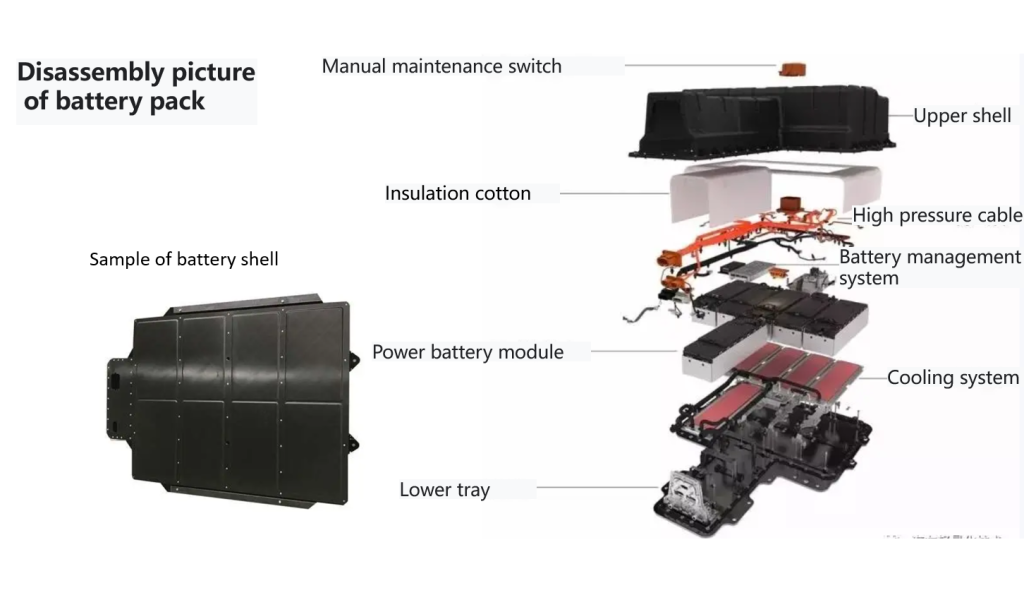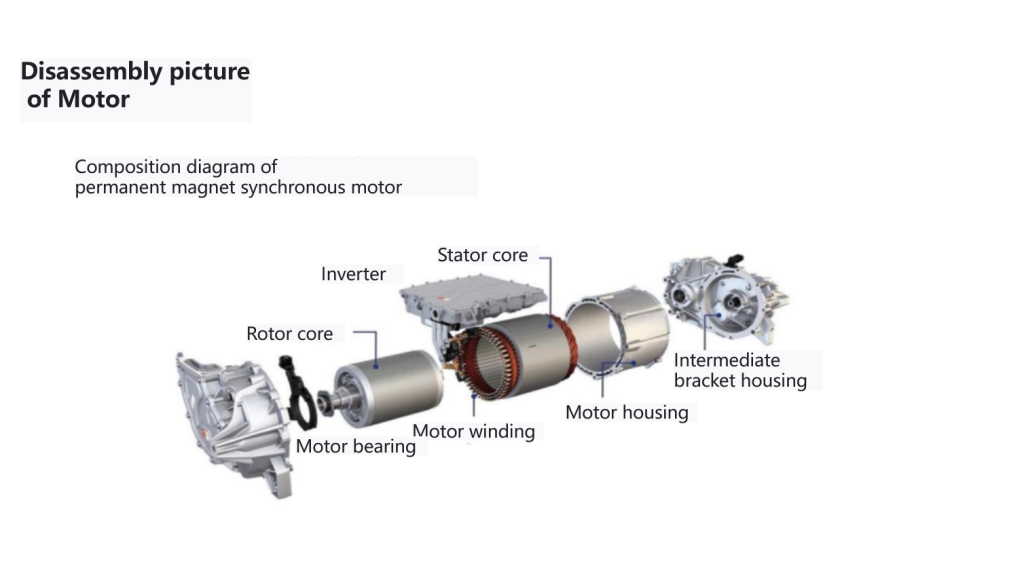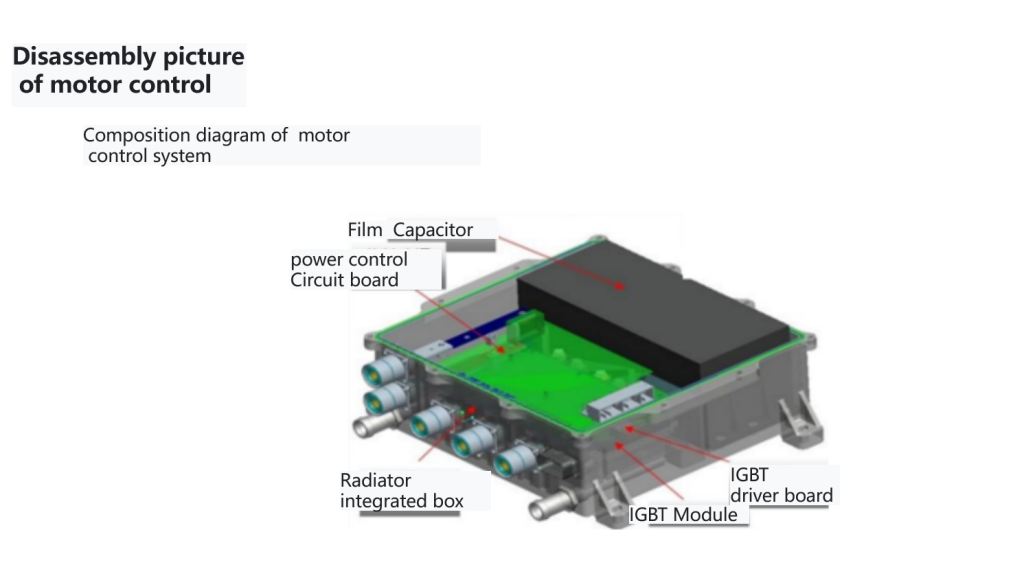新エネルギー車の3電システムの仕組みを紹介

2. Electric drive The electric drive consists of three parts: the transmission mechanism, the motor, and the inverter. At present, the transmission mechanisms of electric vehicles both at home and abroad are all single-machine deceleration, that is, there is no clutch and no speed change. In the future, all electric vehicle companies will increase the complexity of the transmission mechanism, and at the same time reduce the demand for motors and motor rheostats, that is, to improve performance and reduce costs. The motor consists of three parts: the stator, the rotor, and the housing. The key points of the motor technology are the stator and the rotor. The rotor is the main drive motor of the new energy vehicle, which undertakes all the functions related to the movement of new energy vehicles. The motor of a new energy vehicle has forward rotation and reverse rotation. Forward rotation means forward driving, and reverse rotation means reverse driving.

3. Electric control As a substitute for traditional engine (gearbox) functions, new energy vehicle motors and electronic control systems directly determine the main performance indicators of electric vehicles such as climbing, acceleration, and maximum speed. At the same time, the working conditions faced by the electronic control system are relatively complex: it needs to be able to start and stop frequently, accelerate and decelerate, requires high torque at low speeds/climbing, requires low torque at high speeds, and has a large transmission range; hybrid vehicles also need to handle Special functions such as motor starting, motor power generation, braking energy feedback, etc.

新エネルギー車の3電システムの仕組みを紹介